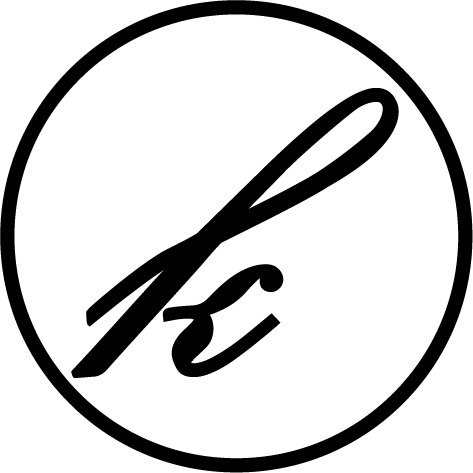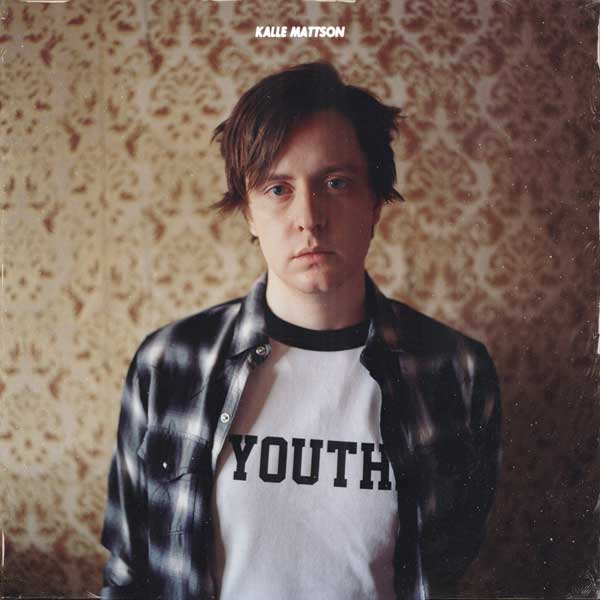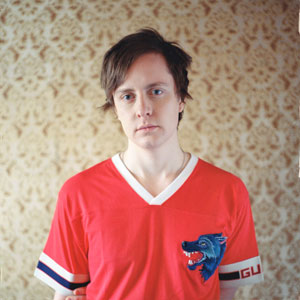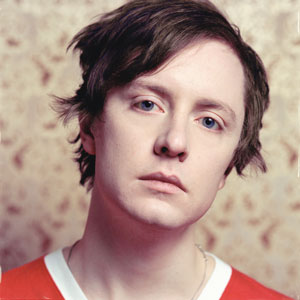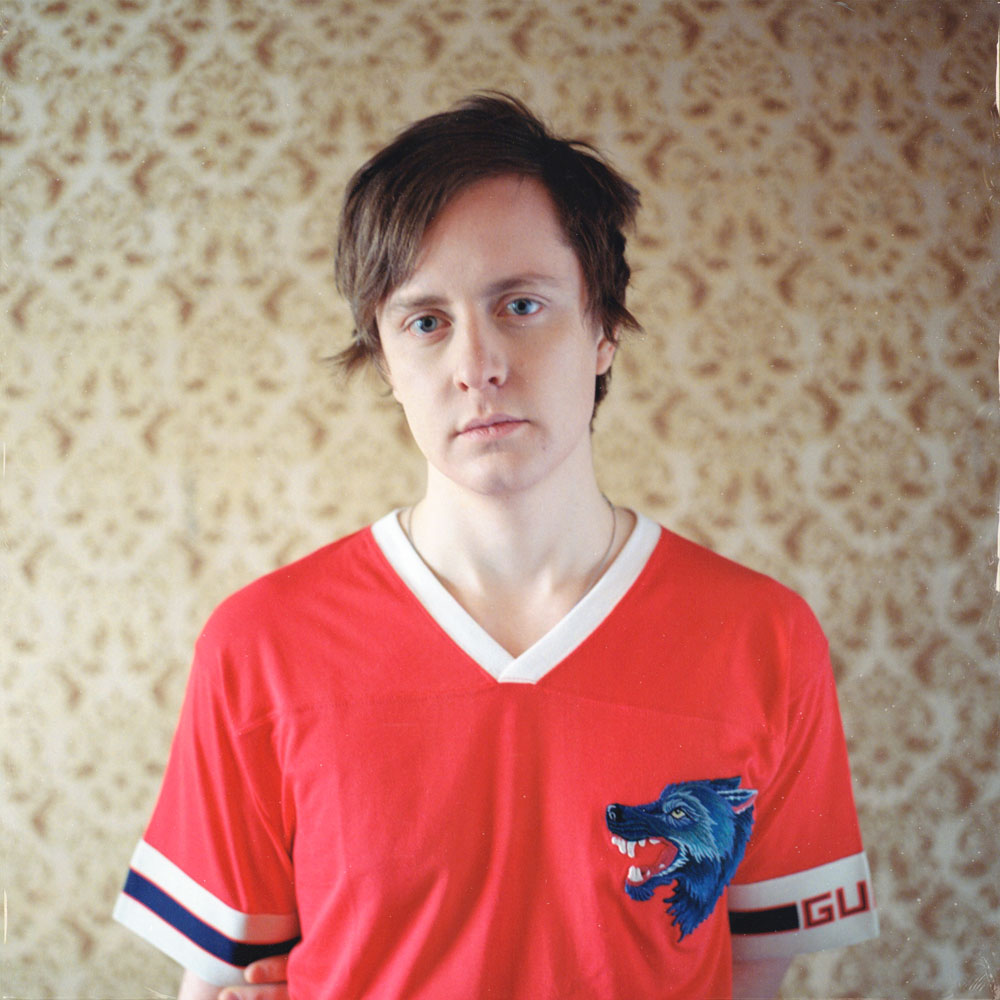KALLE MATTSON - YOUTH.
RELEASE DATE : SEPTEMBER 7, 2018
“I didn’t want to make another sad, folkie record there are a lot of those in the world.” Indeed there are, and Kalle Mattson should know: the 27-year-old Ottawa musician first caught the public ear with 2014’s Someday, The Moon Will Be Gold, an album that dealt with the death of his mother, when he was 16. His new album, Youth., is a coming-of-age record about innocence lost, promises denied, and the purgatory of one’s mid-20s. While he may have written all the songs on acoustic guitar in his bedroom, the electronics draped all over every song make it far from what most people would consider a folk record. “If someone puts me into a genre, it’s always folk music,” says the singer-songwriter, who cites Kanye West as a production influence on Youth. “There are elements of folk music, sure, but I don’t think that’s who I am. My motto going into this record was: ‘Folk is dead.’ ”
Folk music is about storytelling, however, and that’s something Mattson excels at: that was more than evident on the thematically linked songs on Someday, The Moon Will Be Gold, which was long-listed for the Polaris Music Prize. “Writing in a box was exciting and interesting to me,” he says. “Here’s a theme, so how far can I go with it, and how can I make it seem like a cohesive piece?” This time out he wrote about his time growing up in Sault Ste. Marie, Ontario, a small border town between Great Lakes Superior and Huron. He credits “the Soo” with giving him ambition—to get the heck out of there. He wanted to write about his friends who are still there, and about his generation who are now between adolescence and adulthood—the latter being a delayed concept in the modern world, when few people yet feel confident on their life path by age 25. “It’s about when dreams become your regrets, your friends become strangers, your first love becomes your first loss, & you become truly nostalgic for the first time,” he says. “I thought about coming-of-age movies and novels, and couldn’t think of many coming-of-age albums.” That is, except for two of his all-time favourites: Bruce Springsteen’s Born to Run and Darkness on the Edge of Town.
Sonically, however, Youth. owes more to Springsteen’s Tunnel of Love, with a lonely, ghostly timbre to the synths employed by producer Colin Munroe—who also worked on Mattson’s 2015 EP Avalanche, nominated for a JUNO Award. Munroe (Drake, Sky Ferreira) dressed up Mattson’s acoustic demos and shared songwriting credit on tracks that are too catchy to be anything but pure pop music. “This is a studio record,” says Mattson. “I wanted to give it a specific feeling and vibe, to create its own sonic world.” Those early demos will be released as bonus material, as well as remixes of some tracks; there is also an entire version of Youth. made entirely with synths and drum machines, which was shelved. The proper album is a marriage of the songs’ stark origins and Munroe’s machinations.
There are ghosts in those machines: ghosts of Mattson’s adolescence in Sault Ste. Marie, just as Someday the Moon dealt with the ghost of his mother, and Avalanche dealt with the ghosts of his musical forebears—the video for that EP’s title track, which won the 2016 Prism Prize, features Mattson inserting himself into 35 of his favourite album covers, from Tom Petty & Paul Simon to The Smiths & Jay-Z. On Youth., there’s no trace of a retro vibe: it’s full of Swedish-style pop songs like “Kids on the Run” (“My attempt at writing a millennial anthem,” says Mattson) and 808-and-Heartbreak-ish ballads like “Broken in Two”—but also, yes, a couple of folk songs that bookend Youth., the introductory “Once”, & the sparse, banjo-driven conclusion, “Astronaut.” Folk is dead; long live the folk artist.
YOUTH. TRACKLIST
Once
Kids On The Run
Broken In Two
Strangers
Fades Away
My Holy Ghost
Searching For Somewhere
Without You
Running Against The Wind
Astronaut.
